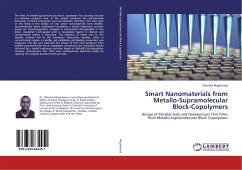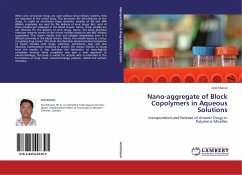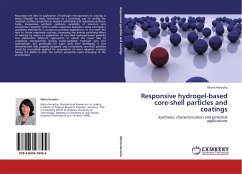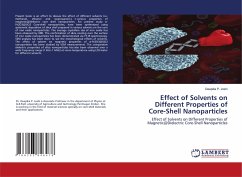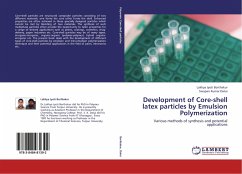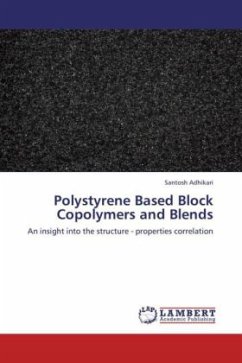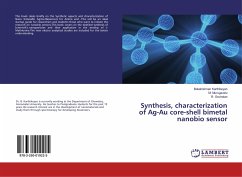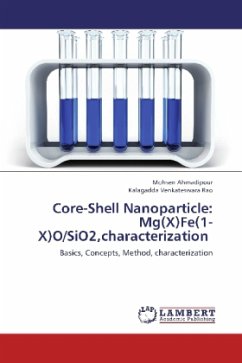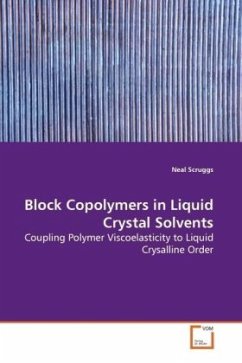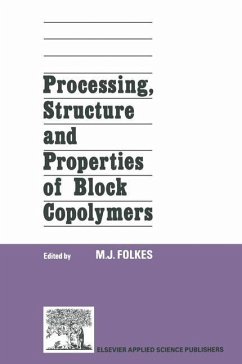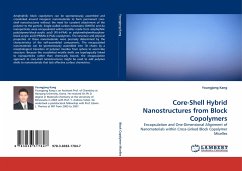
Core-Shell Hybrid Nanostructures from Block Copolymers
Encapsulation and One-Dimensional Alignment of Nanomaterials within Cross-Linked Block Copolymer Micelles
Versandkostenfrei!
Versandfertig in 6-10 Tagen
52,99 €
inkl. MwSt.

PAYBACK Punkte
26 °P sammeln!
Amphiphilic block copolymers can be spontaneously assembled and crosslinked around inorganic nanomaterials to form permanent core-shell nanostructures without the need for covalent attachment of the polymer to the particle. Single-walled carbon nanotubes (SWNTs) and Au nanoparticles were encapsulated within micelles made from amphiphilic poly(styrene-block-acrylic acid) (PS-b-PAA) or poly(methylmethacrylate-block-acrylic acid) (PMMA-b-PAA) copolymers. The structure and physical properties of these nanomaterials were precisely determined by the characteristics of the self-assembled components. ...
Amphiphilic block copolymers can be spontaneously assembled and crosslinked around inorganic nanomaterials to form permanent core-shell nanostructures without the need for covalent attachment of the polymer to the particle. Single-walled carbon nanotubes (SWNTs) and Au nanoparticles were encapsulated within micelles made from amphiphilic poly(styrene-block-acrylic acid) (PS-b-PAA) or poly(methylmethacrylate-block-acrylic acid) (PMMA-b-PAA) copolymers. The structure and physical properties of these nanomaterials were precisely determined by the characteristics of the self-assembled components. The encapsulated nanomaterials can be spontaneously assembled into 1D chains by a morphological transition of polymer micelles from sphere to worm-like structure. Because the crosslinked micelle shells are topologically linked to nanoparticles rather than chemically bound, the encapsulation approach to core-shell nanostructures might be used to add polymer shells to nanomaterials that lack effective surface chemistries.



